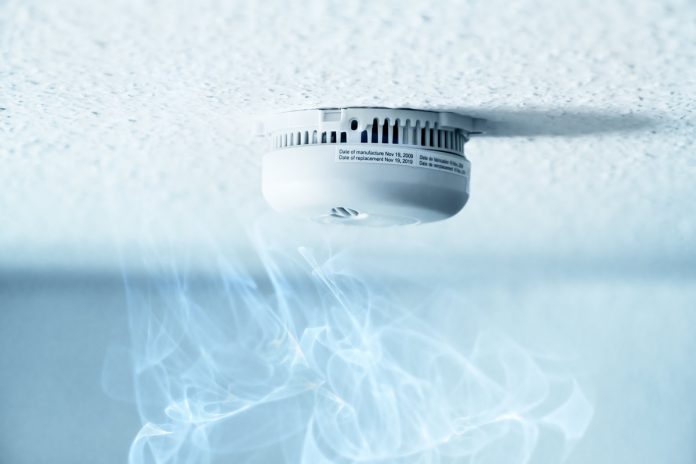What lessons can be learnt about fire safety following the Grenfell Tower disaster? Association for Project Safety’s CEO Lesley McLeod explores
Nothing can diminish the sense of horror or shock of the pictures we have seen coming from the Grenfell Tower fire. There are no words to comfort families who have lost loved ones and seen their homes literally go up in smoke.
As a nation, we are all immeasurably indebted to the firefighters, the first responders and all their other blue-light colleagues who have both risked their own lives and worked tirelessly to save others.
As this article is being written, it is far too early yet to say how the fire started and unfolded. But we can do what we can to make sure a similar disaster never happens again.
We now know there will be a full public inquiry and, at the Association for Project Safety, we hope to be able to contribute to future fire safety. The Association is committed to ensuring everyone working in design and construction health and safety risk management has the skills, knowledge, and experience needed to reduce the risk of death, accident and ill-health associated with construction. It is pure coincidence that, as the news of the inferno hit the screens, we were just about to launch our Autumn training programme which is to major on how to design and build to cut the risk of fire. We wondered if it was insensitive to launch our Autumn course now but decided that, if not now, when?
Fire is visceral. It fascinates and repels, comforts but kills. Since man’s earliest days our use of fire has divided us from our ancestors and distinguished humanity from other apes. But for all our mastery of the flames, fire remains a mystery in many ways.
One of the key points everyone will want to know – when the time comes to find the causes of the North Kensington fires – is just why the fire spread in such a rapid and uncontrolled way. It will be vital to understand whether the construction of the building or the work on the refurbishment in some way contributed to the way the flames and smoke leapt from floor to floor. It will be necessary to know if the type of cladding or its method of application on the outside of the building had a role to play.
Avoiding disaster
Thankfully – although it is no comfort now – large catastrophic fires are not common in the U.K. However, every year many people still lose their lives as a result of fires in the home. Mostly these are confined to family dwellings where good personal fire safety could have averted tragedy. For most homes and business the installation of properly fitted and operating smoke alarms is enough to buy enough time to get everyone to safety. And a few sensible precautions, such as never leaving cookers or candles unattended, can dramatically reduce risks. Sadly, falling asleep with a cigarette in your hand is still one of the major causes of fires in the home. We can all take those kinds of precaution.
But let’s not forget that more people die from smoke inhalation than fire itself, so it is also wise to check that all appliances are working properly. And it’s not just the smoke and fire you see. Carbon monoxide poisoning is an insidious and creeping menace which is why all bass and solid fuel fires need regular checks.
All new build properties in Scotland and Northern Ireland now must have both wired smoke and CO alarms. England and Wales lag behind when it comes to Carbon Monoxide. But more needs to be done and the construction sector must look at both the designs of the buildings we put up and the materials we choose to help minimise risk.
. . . . . . . . . . . . . . . . . . . . . . . . . . . . . . . . . . . . . . . . . . . . . . .
Lesley McLeod
Chief Executive Officer
The Association for Project Safety (APS)
Tel: +44 131 442 6608
info@aps.org.uk
www.aps.org.uk
Twitter @apstalk

















